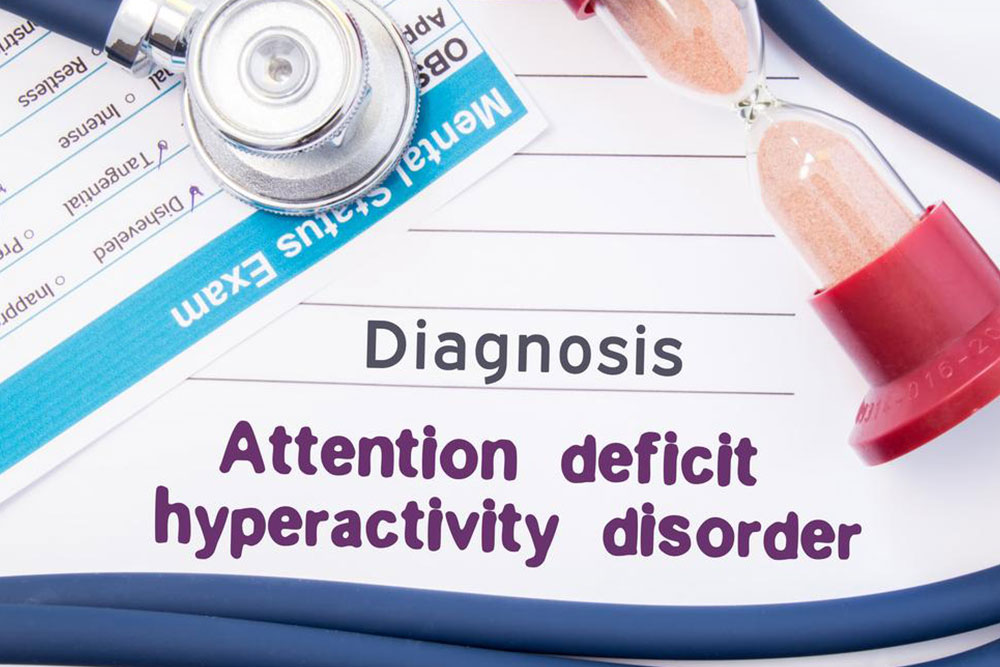4 causes that can lead to attention deficit disorder
Attention deficit disorder is one of the most common conditions that affect children. A brain-based disorder, it leads to unpredictable behavior of a child. While, acts such as not following instruction, blurting out inappropriate comments and engaging in rude behavior is common for a few days, children with attention deficit disorder tend to do these things regularly.
A serious condition, attention deficit disorder is progressive and becomes worst if not treated in time.

So what causes attention deficit disorder? The most common cause is alterations in the brain and the abnormal way in which it functions. The factors that lead to the development of this disease are unclear. However, few causes are found have an impact or relation:
Brain injury – A brain injury that results from a sudden severe blow to the area around the brain on the head, a stroke or the growth of a tumor can have a role to play in the attention deficit disorder. However, a small percentage of kids are at the risk of developing this condition due to trauma caused to the brain.
Genes – One of the leading causes of attention deficit disorder is believed to be genes. Heredity is found to have solid connections with a child suffering from the disease. The condition can run down from parent to child.
Smoking during pregnancy – Smoking tobacco or any other drug during pregnancy can be a cause of attention deficit disorder in a child. This is because when the fetus is exposed to the harmful smoke or even alcohol, he/she is at a very high risk of being affected by the toxins.
Diet – If studies are to be believed, certain kinds of dietary components have an effect on the behavior of a child. Diets that are deficient in essential nutrients can out an individual at a higher risk of developing attention deficit disorder. A doctor should be consulted before putting the child on a particular kind of diet.
The cure for attention deficit disorder is not yet found. And treatment to curb the effects of the condition will differ from one child to another. The treatment for this condition focuses on managing the symptoms and bringing about behavioral modification. This is usually a long process and is carried out through cognitive behavioral therapy.